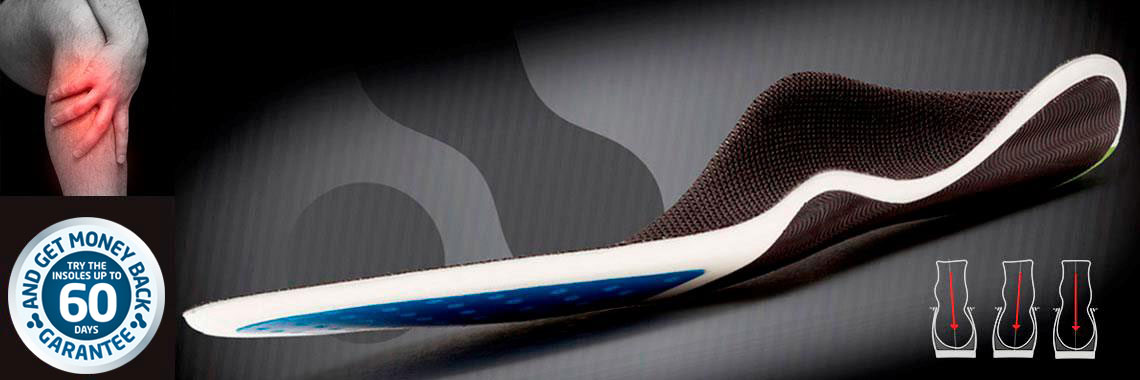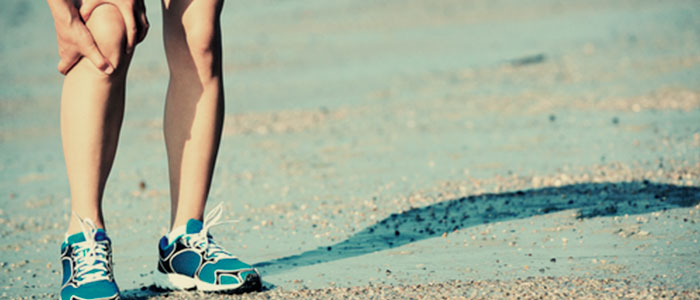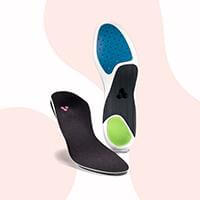Jumper’s knee

Jumper’s knee
Jumper’s knee is an injury very common to athletes. It is an irritation or inflammation behind the knee cap. Jumper’s knee is often seen in weightlifters, cyclists and badminton players.
What are the symptoms of jumper’s knee?
The pain is usually a sharp sting in the knee. The injury is characterised by pain in the tendon just below the knee cap (bursa), which is the lower attachment of the thigh muscle. The pain usually emanates from the bone/tendon junction on the lower edge of the knee cap or slightly farther down the tendon. An athlete is at greater risk of developing Jumper’s knee if his/her muscles are not well trained and the muscles fail to work together properly. Your body alignment may also be important, e.g. you are more predisposed to jumper’s knee if you have knock knees (genu valgum) or flat feet. In addition, hard surfaces and inadequate footwear increase the risk of developing jumper’s knee.
What causes jumper’s knee?
Repeated or monotonous stress on the knee cap due to jumping and kicking can cause microscopic fractures on the lower edge of the kneecap. If the strain continues, despite the soreness that initially dissipates after warming up, chronic inflammation of the tendon will eventually develop. In some cases, the athlete will experience soreness on the front thigh muscle on the upper edge of the kneecap. An athlete is at greater risk of developing jumper’s knee if his/her muscles are not well trained and the muscles fail to work together properly.
Your body alignment may also be important, e.g. you are more predisposed to jumper’s knee if you have knock knees (genu valgum) or flat feet.
In addition, hard surfaces and inadequate footwear increase the risk of developing jumper’s knee.

What treatment is available?
Jumper’s knee can be very painful. In an injury such as jumper’s knee, the best policy is initially to relieve the inflammation that triggers the pain. Consult your doctor who will often prescribe analgesics and complete rest, i.e. no lifting, bending or jumping at all. Then it is important to keep the tissue as flexible as possible and restrict tightening of the tendon to a minimum. Stretch the tensioned thigh muscles as much as possible. Stretching may be combined with massage and acupuncture. The tissue, thigh and knee will then be ready for rehabilitation.

What can I do if I have jumper’s knee?
When your physician or physiotherapist assesses that you can start rehabilitation, you may find it beneficial to combine rehabilitation exercises with shoes or insoles that support the body’s alignment and prevent new injuries from occurring. Injury prevention is very important and, in most sports, an all-round training and stretching programme is advised alongside discipline-specific training. Furthermore, sensible footwear is recommended so that you always feel that you have good contact with the ground.
Align Footwear® insoles improve mobility, comfort and performance. They encourage a better posture and physical adaptation in the kinetic chain, to make you feel healthier and improve your well-being. When the insoles coax the body into a correct natural posture, the strain of each step is more evenly distributed. Our insoles reduce the destructive shock waves running through your entire body every time your feet touch the ground. This reduces strain in your joints, muscles, tendons and ligaments.
Based on many years of research into our tri-planar points technology, we have developed a design that brings the ankle up to 32% closer to a neutral position and corrects a pronation (crooked gait) by up to 27%. The insoles also adjust the shinbone up to 40% closer to the neutral position. Ankle and shin alignment is the key to reducing fatigue, pronation and supination. By giving support to the foot, we maintain full foot muscle mobility. You cannot achieve good mobility if you simply build support under the sole of the foot, e.g. with a compression pad or arch support.

60-day Refund Policy
Full satisfaction or money back

You didn’t find an answer?
Call +45 22 633 633
or contact@alignfootwear.eu


